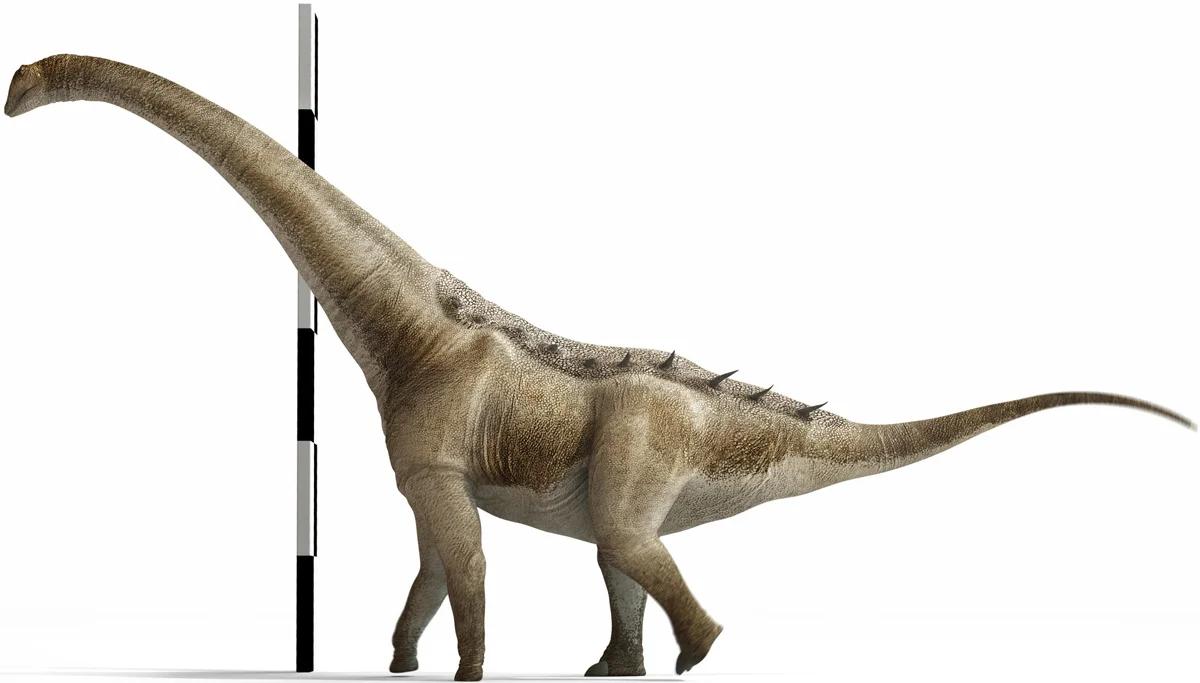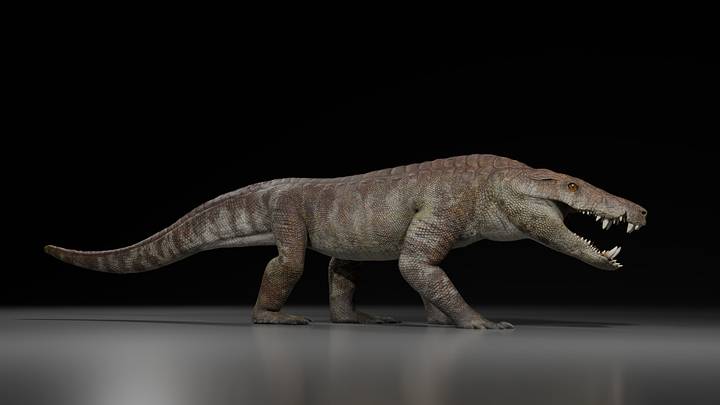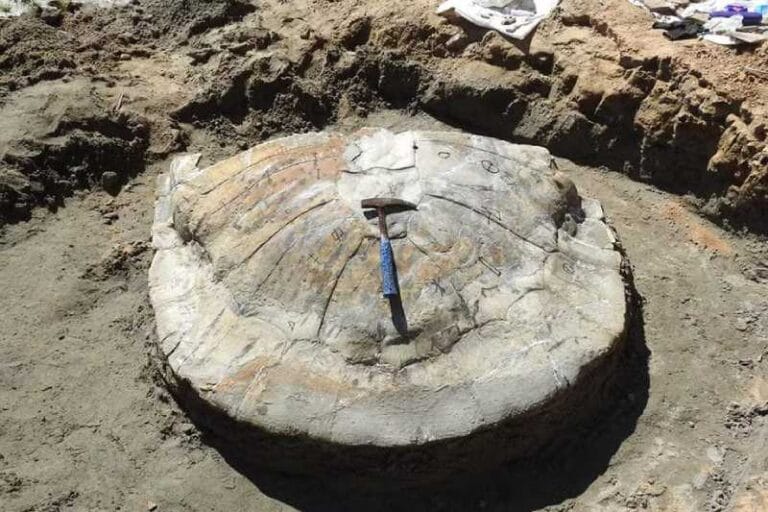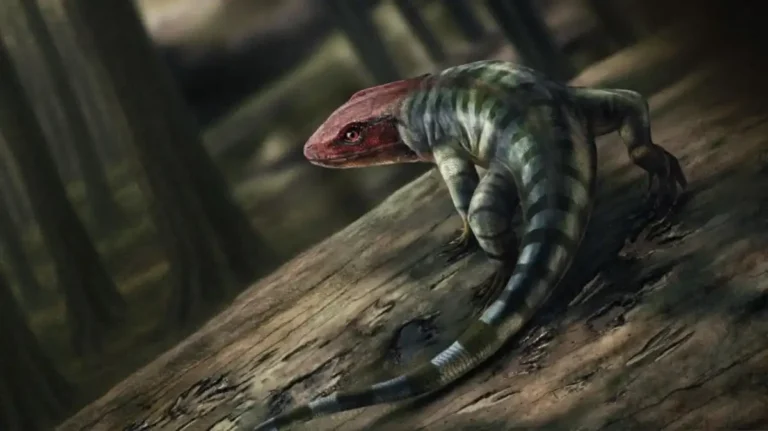75-million-year-old sauropod dinosaur discovered in Spain

A new study has recently revealed the discovery of a new species of sauropod dinosaur, called Qunkasaura pintiquiniestra. This herbivorous giant lived in the Cuenca region of Spain approximately 75 million years ago, at the end of the Cretaceous period. The discovery, led by Portuguese paleontologist Pedro Mocho, from the Dom Luiz Institute of the Faculty of Sciences of the University of Lisbon, is helping to understand the diversity of dinosaurs that inhabited southwestern Europe during this prehistoric period.
Qunkasaura pintiquiniestra was discovered at the Lo Hueco fossiliferous site, one of the richest and most important in Europe, identified in 2007 during the construction of the tracks for the high-speed train (AVE) linking Madrid to Levante. Since the discovery of the site, more than 12,000 fossils have been recovered, representing one of the most extensive and significant collections of Upper Cretaceous vertebrates on the European continent.
This vast collection has been the subject of ongoing studies thanks to national projects and the support of the Junta de Comunidades de Castilla-La Mancha, providing a better understanding of the ecosystems that existed in southwestern Europe during the Upper Cretaceous. In addition, the work has revealed several new dinosaur species, including the Qunkasaura pintiquiniestra. This new species contributes to our understanding of the diversity and evolution of the sauropods that inhabited the region millions of years ago.

Pedro Mocho explains that the study of Qunkasaura allowed something unprecedented: “The study of this specimen allowed us to identify for the first time the presence of two distinct lineages of saltasauroids in the same fossil locality”. These two lineages include the Lirainosaurinae group, which is relatively well known in the Iberian region. The small and medium-sized dinosaurs of this group evolved in an insular environment, since at the time Europe consisted of several islands that formed a large archipelago.
However, the Qunkasaura pintiquiniestra belongs to a different group of sauropods, which were represented by larger, medium-sized and large species and lived on the Iberian Peninsula around 73 million years ago. Mocho explains that the discovery of this new group suggests that the arrival of this lineage on the Iberian Peninsula occurred much later than that of other dinosaur groups already known in the region. “This suggests to us that this lineage arrived in the Iberian Peninsula much later than other dinosaur groups,” he says.

One of the most fascinating features of the Lo Hueco site is the abundance of large partial skeletons of sauropod dinosaurs. Although it is unusual to find such large, complete skeletons in other parts of Europe, the Qunkasaura pintiquiniestra stands out for this very reason. It is one of the most complete skeletons ever discovered, consisting of cervical, dorsal and caudal vertebrae, part of the pelvic girdle and elements of the limbs. The unique morphology of the skeleton, especially in the caudal vertebrae, offers important new data on the non-avian dinosaurs of the Iberian Peninsula, an area that has historically been poorly understood by paleontologists.
According to the study published in Communications Biology, Qunkasaura pintiquiniestra is classified as a member of the opisthocoelicaudine saltasaurids, a group of sauropods that lived in the northern hemisphere, more specifically in Laurasia. Most of the sauropods discovered in southwestern Europe during the Upper Cretaceous, such as Lohuecotitan pandafilandi, another dinosaur previously identified in the same place, belong to the Lirainosaurinae group, which is exclusive to the European continent.

The study also suggests that Lo Hueco is the only place where the coexistence of these two groups of sauropods has been documented. In addition, the study proposes the creation of a new group of titanosaurs, called Lohuecosauria, which includes representatives of both lineages. Lohuecosaurs are believed to have originated on the ancient supercontinent Gondwana, before dispersing globally and inhabiting different regions, such as the Iberian Peninsula.
The name Qunkasaura pintiquiniestra was chosen carefully, reflecting geographical and cultural aspects of the Cuenca region. “Qunka” refers to the ancient etymology of the toponyms Cuenca and Fuentes. “Saura” alludes to the Latin ‘saurus’, which means lizard, and also pays homage to the Spanish painter Antonio Saura. The name “pintiquiniestra” refers to the character Queen Pintiquiniestra, mentioned in the classic Don Quixote de la Mancha by Miguel de Cervantes.

“Fortunately, the Lo Hueco deposit also preserves several skeletons of sauropod dinosaurs to be determined, which may correspond to new species and which will help us understand how these animals evolved,” concludes Mocho.

The partial skeleton of Qunkasaura pintiquiniestra is already on display at the Paleontological Museum of Castilla-La Mancha in Cuenca, where the public can admire this new discovery up close and learn more about the dinosaurs that inhabited the region millions of years ago.
The study was published in Communications Biology






